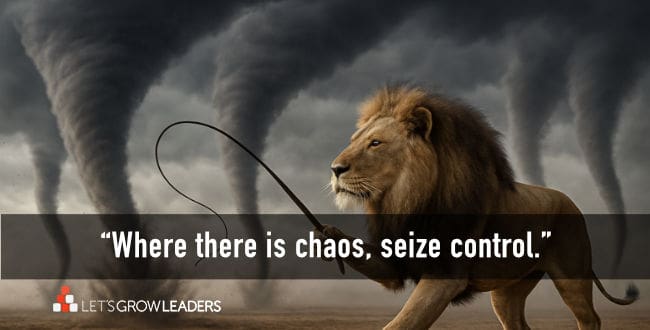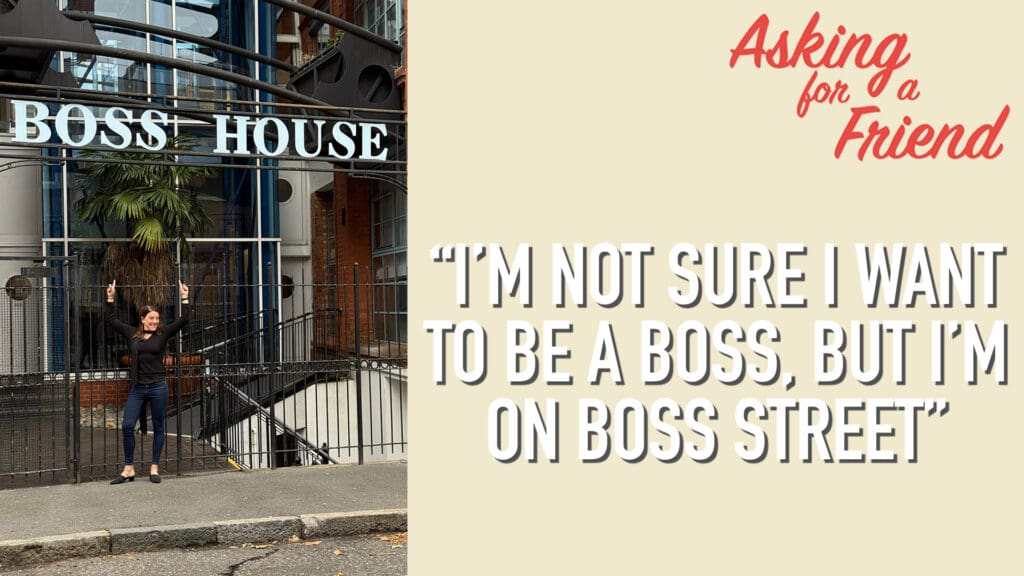In conference rooms all over the world, well-meaning HR types are sitting down with well-meaning managers and possibly a well-meaning consultant or two to talk about how to fix employee engagement.
- “How do we get these millennials to be deeply committed to their work?”
- “The staff is so tenured, it’s hard to get them excited about something new. We need something fun to make it fresh again.”
- “The changes are hard, and everyone’s tired. We need to have a program that will give every one a shot in the arm.”
- “We’re all working so hard, we’ve just got to find a way to make the work more fun.”
And before you know it, they’ve talked themselves into a well-intentioned program. They come up with a cute program name, glossy posters, and a roll-out strategy.
Cue the HR VP or perhaps the Sales Director who reminds everyone, “We’ve got to be sure they understand this is NOT the flavor of the month. THIS program is different, this is real culture change.” All heads nod. They’ve all seen programs like this come and go. Everyone truly hopes this one will be different. Trust me, if you have to tell your team it’s not the flavor of the month, it is.
Programs don’t motivate people.
People don’t motivate people.
People are inspired in conditions where they can best motivate themselves.
Reasons Employee Engagement Programs Don’t Work
1. They Come from Outside the Team
Many such programs have the sense of being imposed on the team from HR or headquarters. They’re necessarily generic so they fit across departments. They need to be “communicated” and possibly “trained” as part of a “roll-out.” All of which makes the frontline leaders and teams feel like something is being done TO them more than FOR them or even better WITH them.
Tip 1: Employees know best what their teams need to feel more connected to, and inspired by, their mission and their work. Use the budget instead to give people the latitude to create something that will fit for their team and their work at hand.
2.They Create More Work for the Frontline Leader
Many such programs involve meetings, action plans, tracking spreadsheets, and other additional work for the Frontline Leader. Without proper support and perspective, this all just feels like more work taking the leader away from their biggest priority, supporting the team.
Tip 2: Ensure any programs and tools are directly tied into the core mission and goals of the team. You can’t inspire engagement as an overlay.
3. They Don’t Address the Root Cause
The number one predictor of job satisfaction is the relationship with the manager. Another key factor is the extent to which employees see real meaning in the work that they do and feel connected to a bigger vision. It’s difficult to box that into a step-by-step guide.
Tip 3: For a more engaged workforce, invest deeply in the leadership skills of your frontline leaders. Give them tools that they can use to create deeper connection with the team and the work that they do. Help them to be better communicators.
A strong front-line team will do more for employee engagement than any program or broad-reaching employee engagement strategy.






I kept shaking my head in agreement with all of your points Karin. Motivation and engagement have to come from within a person and not from some team leader dictating a new concept.
I think that cultivating meaningful conversations about what is working and what needs to be tweaked can be so helpful. When we empower others to share their voice and ideas they feel part of the solution.
Recently a young Millennial leader I know was asked to take complete charge of her project, including being the point person with the client. That assignment was not only a confidence booster but allowed the young leader to stretch her skill set and become highly engaged. Actions like that from a senior leader can make a huge impact.
Thanks Karin!
Terri, Thanks so much. GREAT example. That’s putting trust where it matters most in the people your looking to grow.
Love all of these tips, Karin!
I agree that it’s important for folks to have a “buy in” when it comes to programs. It allows them to have ownership from the very beginning.
It also helps to build team spirit and camaraderie!
LaRae, Thank you. When people feel included the magic that can inspire is amazing.
Hi Karin (& LGL Community),
Little background before I ask a question…I am the head of the Staff Fun Day Team (team of 8)in the organization I work at. I am not on the management team (but this is so my passion) and our team is made up of people across several departments (some managers, some not). Our team plans around 4 Staff Fun Days a year involving lunch and either something like a cookout, a day at the park/games, etc. with good feedback. We also do other smaller things throughout the year randomly. One of our goals is to encourage others who aren’t on the team to step up and lead this. This team is not even a year old. I would love it if one day we didn’t have to even have a team per say because it was just a part of the “changed” culture. Now with all that said, I am curious if that last part is even realistic necessarily and if you think this team needs to go another direction by helping departments do things together more versus bringing a staff of 100-250 together? (we are a church & have 2 daycares, elementary, middle school, highschool, so the number varies if school/daycare participates) If we help people do it in smaller departments, how do we keep from having the silo effect? Love to hear your thoughts. :)thank you,
Dawn, I’m so glad you raised your challenge and shared it with the LGL community. I do hope others will weigh in with their thoughts. You raise many different questions here… all important.
First, let me say it sounds like you are doing important work and it is well received. I also agree the more people you can get involved the better.
My view is that the team building within and across departments should not be an either or choice. Certainly departments need to build their own cultures, and perhaps if that is a perceived need some leadership development training/support would be helpful for those leaders. With that said, for most organizations, and particularly in a church, it’s vital to have all the teams working together toward their larger missions. Silos can be destructive.
I wonder if going the route of the committee asking the larger crew what they would like to see next and where they would be willing to get involved would be a helpful next step? 8 can’t sustain this important mission for too long. I’ve seen that happen in churches… much better to truly engage others.
Thank you Karin! After each event, we try to capture feedback in formal(feedback emails/forms) & informal ways (conversations) and apply it to future events/projects, which has been very helpful. We were able to apply many suggestions to the following event. I believe we are headed in the right direction, but maybe I am a bit impatient personally as someone so passionate about the culture? :)I do know these things take time. I really want this to go deep. I hope others continue to feel inspired and self motivated. Thank you for what you do! I truly enjoy reading your posts and learning from you & others in the LGL community.
Jumping on this point- “invest deeply in the leadership skills of your frontline leaders. Give them tools that they can use to create deeper connection with the team and the work that they do. Help them to be better communicators”
I saw (statistically) significant positive changes using this strategy in a group of several hundred middle level exec’s. We gave them skills in the areas of self management (stress reactions, self awareness, self care); decision making and listening (listening being the critical part of the communication equation).
As much as we spoke about these skills being applied in the workplace, we spoke about them being applied at home and in their community, and we offered abridged versions of these courses to their families through multimedia programs.
Survey’s told us that this skill development effort was in fact perceived by the exec’s as being more for them first and the organisation second. Several respondents used the work ‘gift’.
If you can come up with a program that is perceived in this way, well, I think you are on a winner (and tick 2 out of 3 of Karin’s boxes 🙂